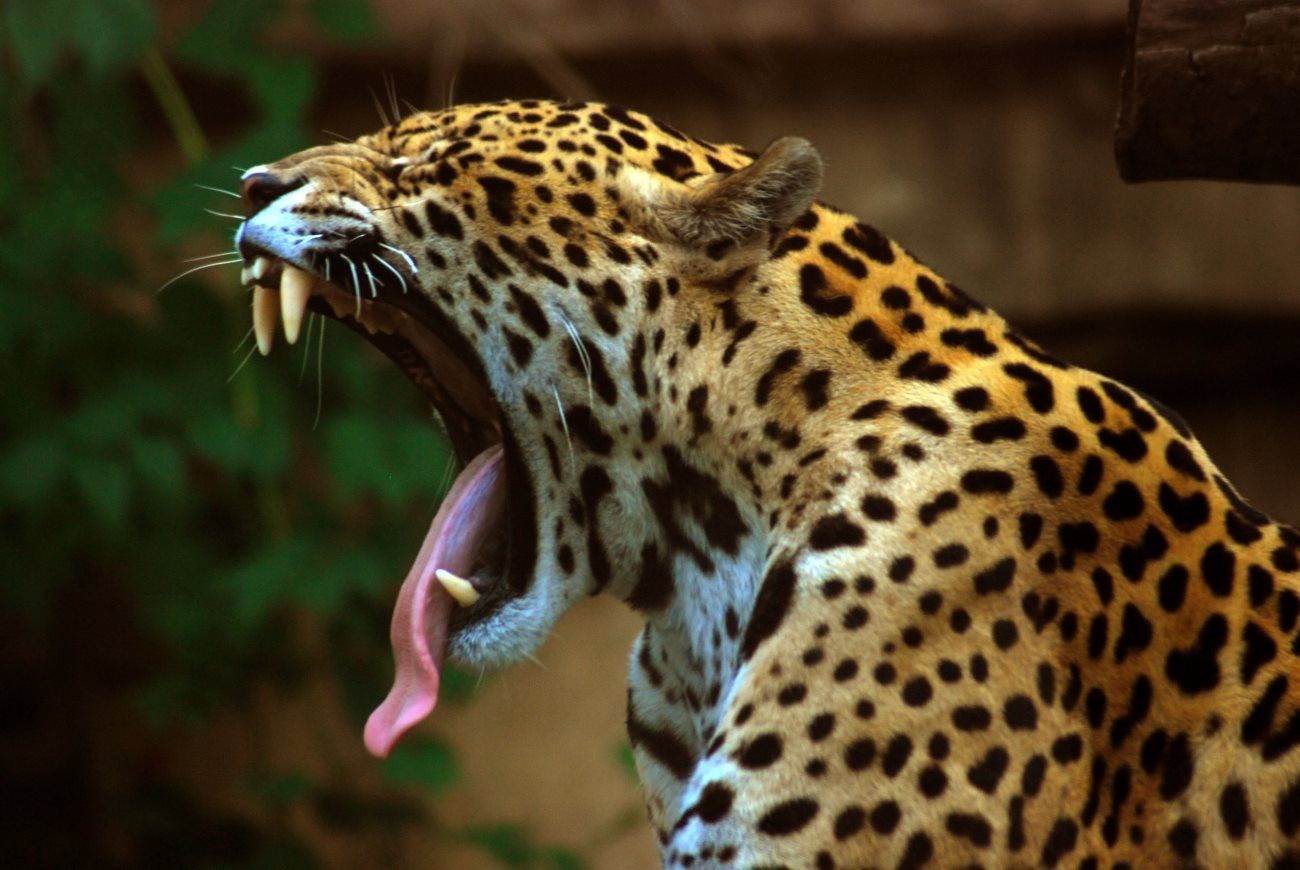Mexico’s population of wild jaguars is on the road to recovery.
In a new study released last Thursday, researches from throughout Mexico confirmed that the country’s population of wild jaguars is on the rebound. The study showed that the total number of jaguars in Mexico had grown by 20% over the past 8 years.
This is fantastic news for conservationists as well as for the jaguar’s continued survival.
Previously the largest cat in the Americas was in steep decline due to deforestation and loss of habitat. In Mexico, jaguars became a protected species in 2005 with a concerted conservation effort set up to protect them and their habitat from human encroachment. The program was overseen by Mexico’s national parks and services and assisted by various academic and conservation institutes.
The recent study showed there are approximately 4,800 jaguars currently in Mexico. To determine this, researches set up 396 remote cameras around known habitats for jaguars in 10 Mexican states that were triggered by sensors when the cats stalked around them. Sixteen institutions and 25 academic groups participated in the study led by the Ecology Institute at the National Autonomous University of Mexico.
Compared to a similar study in 2010, researchers found a 20% increase in overall jaguar populations.
"The presence of jaguars ensures that these ecosystems function, by controlling the population of herbivores, and is also an indicator of the ecosystems' good health," said Heliot Zarza, vice president of the National Jaguar Conservation Alliance, in a statement.
RELATED: LIONS, TIGERS, AND A JAGUAR ESCAPED A GERMAN ZOO, FORCING RESIDENTS INSIDE FOR HOURS
Jaguars are the largest can in the Western Hemisphere, growing up to 220 lbs (although the ones found in Mexico are typically around 130 lbs). About 90% of the global population of jaguars can be found in the Amazon Rainforest, where deforestation continues to ravage jaguar population.
There is an estimated 64,000 jaguars extent in the wild. They're considered a “near threatened” species by the United Nations.
But there is hope for the jaguar. On March 1st, 14 Latin American nations signed a UN agreement to set up regional conservation programs for the jaguar until the year 2030. This will hopefully provide other countries with the same success that Mexico had in conserving these beautiful creatures.
NEXT: IF YOU LOVED MIAMI, YOU'LL LOVE THESE 25 HOT DESTINATIONS

